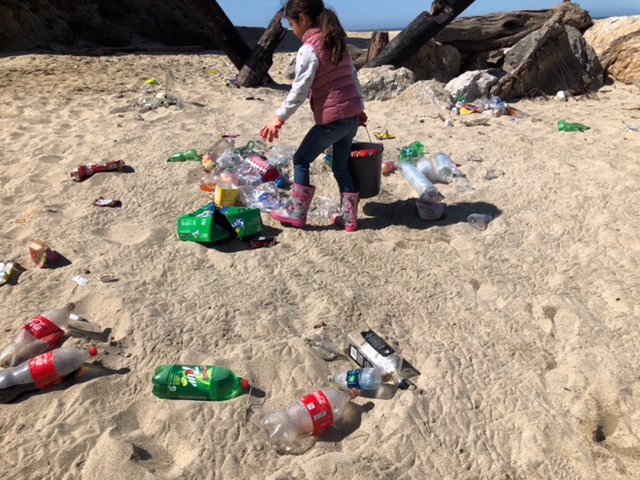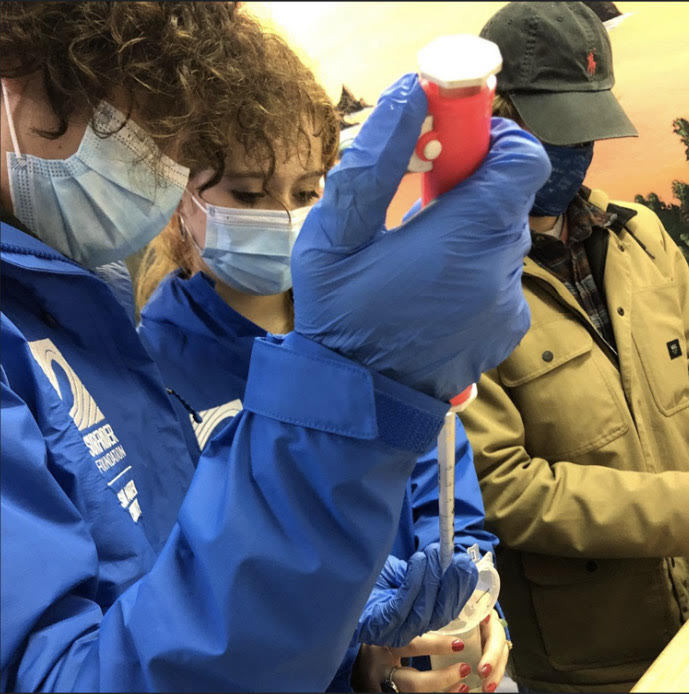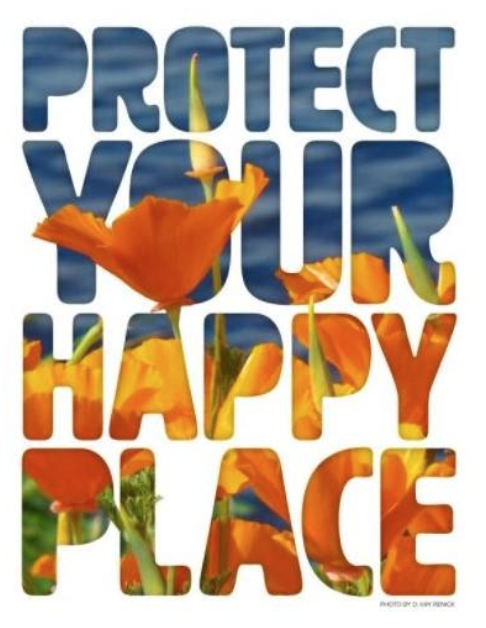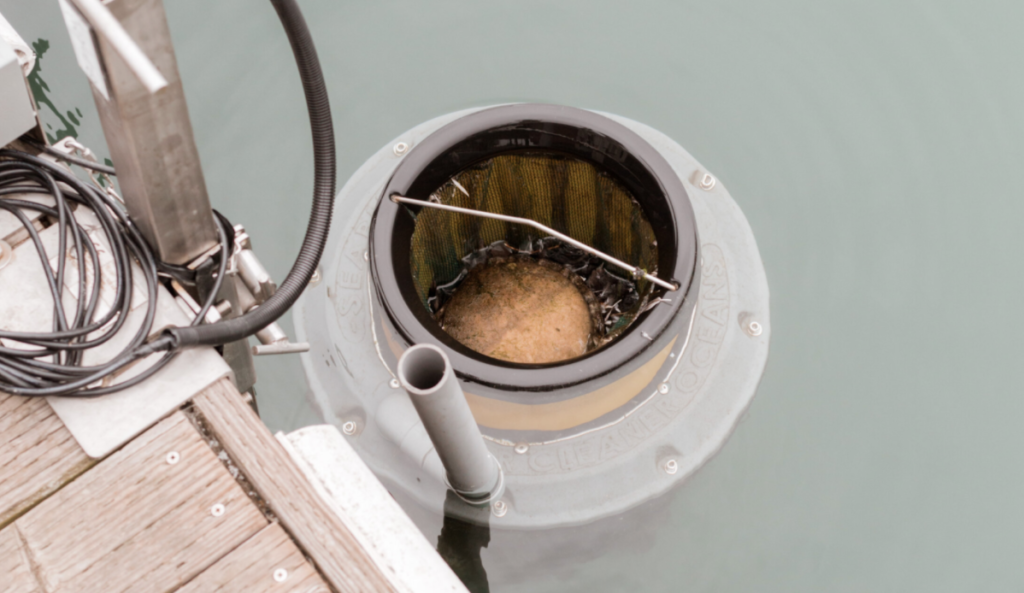Neil Panton began picking up litter around his home in the late 80s. While he initially focused on clearing away large pieces of trash and car parts that littered the road, he was eventually drawn to a smaller but very pervasive type of litter—cigarette butts.
“I’m sure most motorists or passers-by wouldn’t notice them,” Neil observed. But as someone who enjoys slowing down to take walks in the outdoors, Neil tends to notice these often overlooked bits of trash. “I’m…aware of how long [cigarette butts] last in the environment and the hazards they pose to many critters,” he said. Cigarette butts can take up to 10 years to decompose in the environment and they make up 34% of the total collected litter in California.
“There’s an immediacy to doing cleanup work, right down to the smallest cigarette butt. You can see the results of your efforts right away. I take morning walks, and about every third or fourth day I’ll take a small bag and picker-upper with me. The other days I get to enjoy a litter-free environment.“
Neil Panton
Engaging and inspiring the community
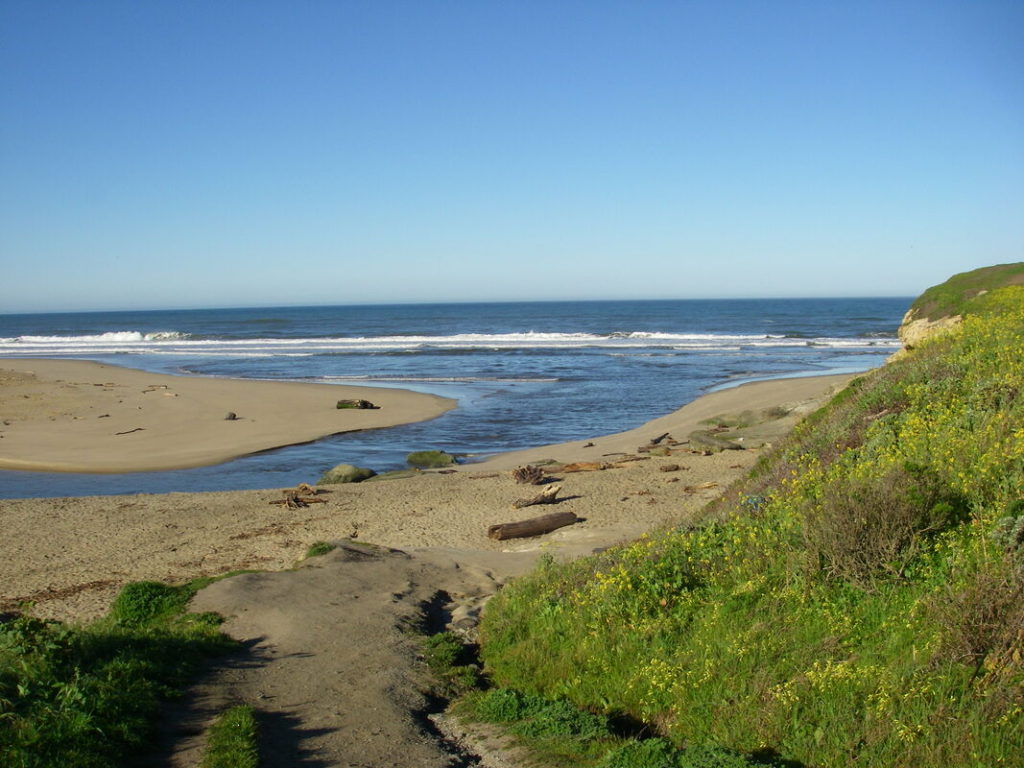
After moving to San Gregorio, Neil continued to clean up trash and cigarette butts in his community and also engaged his neighbors in the effort.
Through the Adopt-A-Highway program, Neil adopted two stretches of highway and became responsible for trash removal and vegetation control along a total of eight miles of highway. In 2016, he formed a group of volunteers to help remove invasive grasses along these highways in the San Gregorio watershed while also picking up litter. “There is no shortage of cigarette butts and tobacco products along the highway,” he found.
Neil also got involved with the San Gregorio Environmental Resource Center (SGERC), a local non-profit whose mission is to preserve and protect habitat for endangered species of the Santa Cruz Mountains bioregion. He engaged SGERC members in picking up cigarette butts around their homes and currently helps educate his community about litter prevention through information booths at community events.
How many butts get chucked?
With the approach of Coastal Cleanup Day this year and the focus on quantifying how much trash we keep out of our waterways, Neil became curious about just how many cigarette butts he collects. He began to count the butts and found that about 1,335 butts fit in a 1-gallon water jug (in case you were curious). Since he started counting, he’s filled one jug and has started filling another.
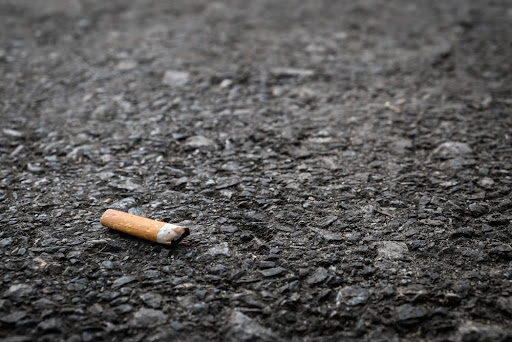
Through the Pacific Beach Coalition, Neil sends the collected cigarette butts to Terracycle, a company that recycles cigarette filters into products such as decking, plastic shipping pallets, and storage containers.
In addition to the direct impact that Neil and his volunteers have by keeping cigarette butts out of our waterways, Neil has also inspired his neighbors to be more mindful of litter. “I think my neighbors see me cleaning up and make an effort to keep their property front clean too. Friends and neighbors pass me on the highway and honk and wave. I think they’re appreciative of the effort,” said Neil.
“I…believe in the power of everyone doing a small part, and together we have a large impact. It’s too easy to say that others will do it, it’s not our job, but if you want to be a part of your community, this is a great way to do it.”
Neil Panton
Learn more and get involved!
If Neil’s efforts have inspired you, here are some ways you can get involved in keeping our waterways clean of cigarette butts and other litter:
- Organize your own neighborhood cleanup event with our self-guided cleanup tips!
- Learn how to get involved with the San Gregorio Environmental Resource Center. In addition to picking up litter, they monitor water quality in the San Gregorio watershed.
- Learn how to get involved with the Pacific Beach Coalition’s Cigarette Butt Litter Campaign.
Do you know any other inspirational environmental leaders in your community? We’d love to hear about them! Nominate them here.
